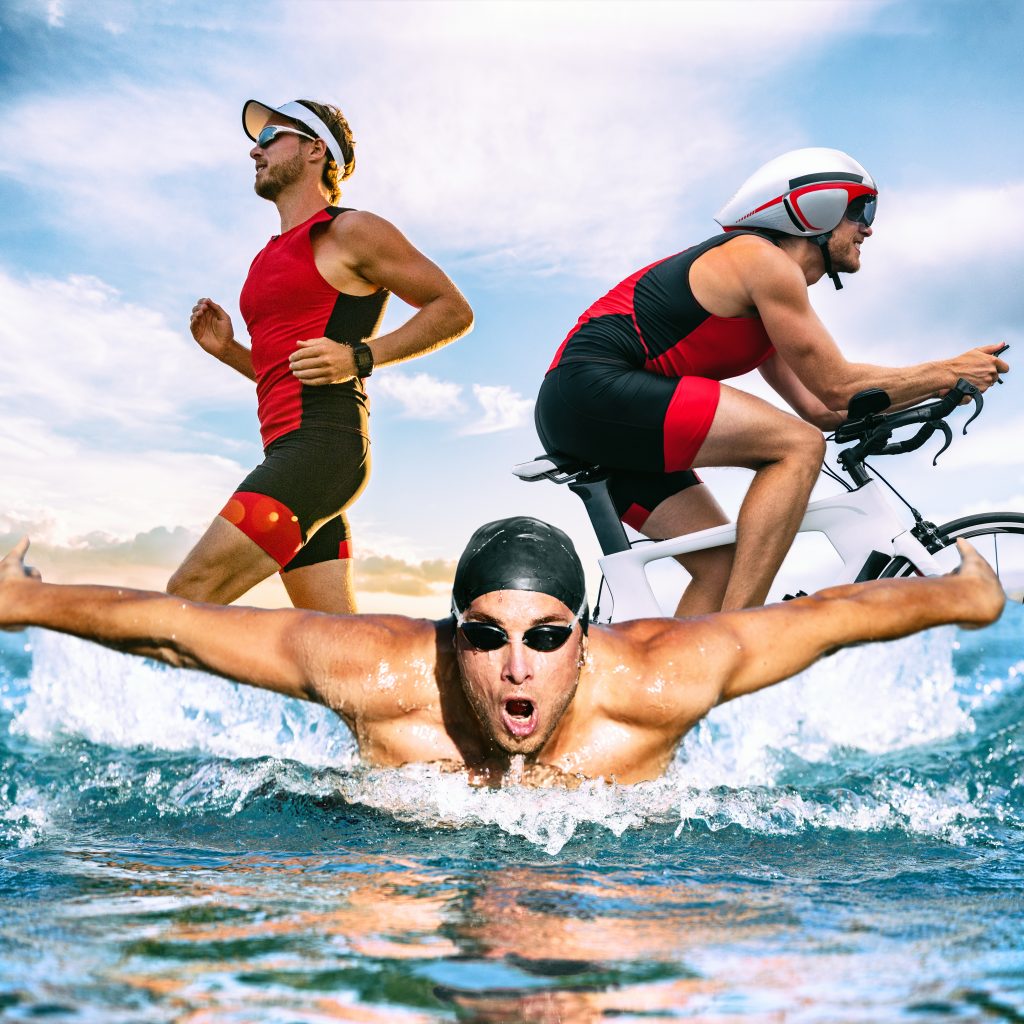Triathlon Season is Here!
25th June 2019
Many people around this time of year are starting to undertake new sports for overall fitness and well being and to get themselves outside in the fresh summer air!
Here at BodyMed, we are seeing both competitive and recreational triathletes for treatment and programming. For newbies to the sport, one commonly overlooked aspect of their training is the Transitions (This is the change over period from swim to bike and then bike to the run).
One of the harder transitions is coming off the bike and into the last leg of the Triathlon being the run. Why is this?
Well while on the bike our legs are working hard (especially on the hill climbs !) filling with blood. lactic acid and other bi-products relating to exercise, add to the mix general fatigue and potential dehydration. We then hop off the bike and suddenly our legs are carrying our body weight again, with a completely new exercise demand (while the quads, glutes and hamstrings are still potentially filled with all the above bi-products from the cycle). This makes for some heavy jelly/lead like the sensation of the lower limbs as if someone has inflated our muscles with water, and this most certainly doesn’t make for efficient running. We lose the ability to drive and push off the lower limbs and each step feels like so much added effort.
So, are there measures to reduce the “lead legs” sensation and perfect running off the bike?
Yes, there are a few simple steps to take to help in minimising the jelly leg effect:
- Cadence: near the end of the cycle distance (last few minutes), try to match the cycle cadence off the running cadence. In other words, increase the number of revolutions per minute you perform on the pedals (reduce the gear resistance). This helps “flush” the legs of the blood build up as well as prep the body for the run. Experiment in your training plan!
- Fuel: Take on some electrolytes/carbohydrates early on in the cycle to refuel the muscles and help prevent cramping that is associated with bi-product build up when on the bike.
- Practice Transition Sessions: start playing around with hopping off the bike and into the run while training. Try to replicate race day effort once or twice before the Triathlon date. A great tip would be to cycle home from work (choose a longer and higher gradient cycle home, lock the bike once there and turn on the heels straight away into your run !)Tried and tested here by one of our BodyMed Physiotherapists!
Taking the above tips into consideration will help ease you into the transition from bike to run and hopefully prevent any heavy legs going into the run!
Give it a go !
Yours in Sport!
BodyMed


